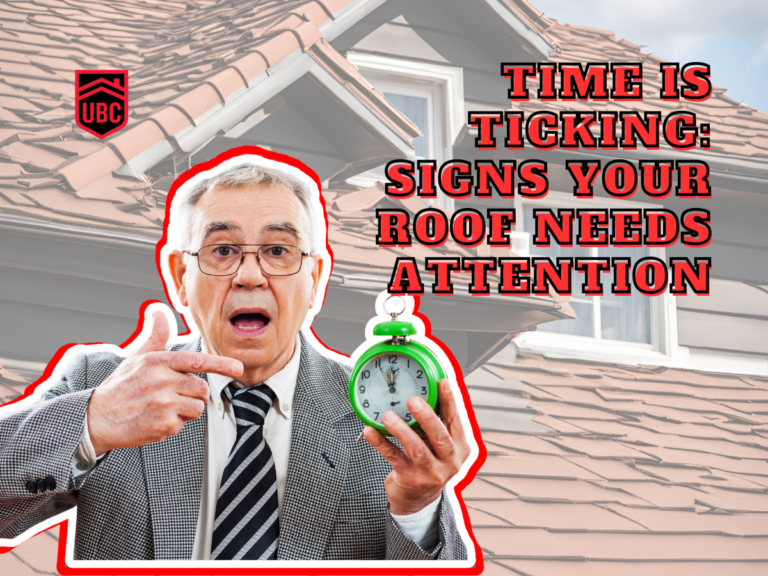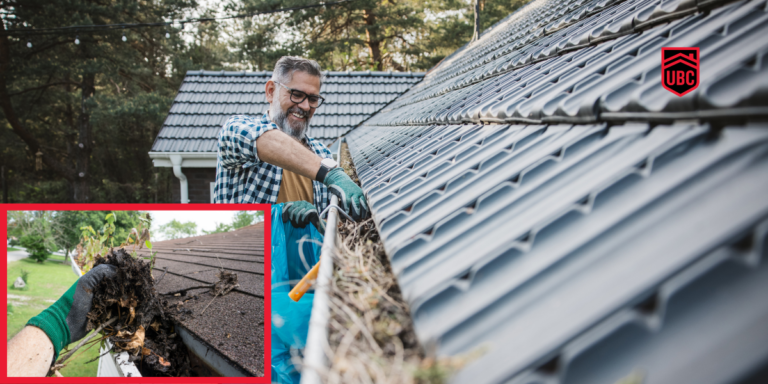Knowing When to Replace Your Roof: 5 Key Warning Signs

Knowing When to Replace Your Roof: 5 Key Warning Signs
Over time, your roof can deteriorate and develop issues that may lead to costly repairs if not addressed promptly. By being vigilant and recognizing these signs early on, you can protect your home from water damage, mold growth, and structural issues.
Signs Your Roof Needs Replacing
Damaged or Missing Shingles
For a healthy roof, keeping an eye out for damaged or missing shingles is crucial. The presence of cracking, curling, or missing shingles can indicate that your roof is nearing the end of its lifespan. These issues can lead to water infiltration, leaks, and further damage to your home if left unaddressed. It’s necessary to schedule a professional inspection at the first sign of shingle damage.
Signs of Wear and Tear on Shingles
Shingles are your roof’s first line of defense against the elements. Over time, exposure to sunlight, wind, and hail can cause shingles to crack, curl, or go missing. These signs of wear and tear compromise your roof’s ability to shed water effectively, putting your home at risk of leaks and water damage. It’s crucial to address any issues with your shingles promptly to prevent costly repairs down the road.
Leaks or Water Damage in Your Attic or Ceiling
Damage from leaks in your roof can lead to costly repairs if left unchecked. Signs of water infiltration, such as water stains, mold growth, and visible sagging in your attic or ceiling, indicate a roof issue that needs immediate attention. Contact a professional roofing contractor to assess the extent of the damage and recommend the best course of action.
Signs of Leaks in Your Attic or Ceiling
Your attic and ceiling can reveal crucial signs of roof problems. Water stains, mold growth, and visible sagging are clear indicators that your roof is failing to keep water out effectively. These warning signs should not be ignored, as they can lead to structural issues and mold growth in your home. Promptly addressing any leaks will help maintain the integrity of your roof and protect your home from further damage.
Excessive Granule Loss: A Sign Your Roof Needs Attention
Granules in Gutters or Around the House
To maintain a healthy roof, it’s crucial to pay attention to excessive granule loss. If you notice significant amounts of granules in your gutters or around your house, it could be a sign that your shingles are near the end of their lifespan. This loss of granules exposes your shingles to UV damage, leading to accelerated deterioration.
Excessive Granule Loss
To determine if your roof needs attention due to excessive granule loss, check your gutters for clogs and the ground around your house for granule accumulation. Professionals recommend having your roof inspected if you notice a substantial amount of granules, as it may indicate your shingles are wearing out and need replacing to maintain the integrity of your roof.
Causes and Solutions for Visible Sagging in the Roof Deck
Noticing visible sagging in your roof deck is a critical warning sign that requires immediate attention. Sagging can lead to a host of problems, including pooling water, leaks, and even structural collapse. If you observe dips or valleys in your roofline, it could indicate issues with the roof deck itself. It is crucial to address sagging promptly to prevent further damage to your home.
Causes of Sagging in the Roof Deck
Visible sagging in the roof deck can be caused by factors such as deteriorated roof sheathing or underlying structural issues with the roof trusses or rafters. Moisture exposure over time can cause the roof sheathing to weaken and rot, leading to sagging. Structural problems can also contribute to the issue. If you notice any sagging in your roof, it’s crucial to have it inspected by a professional to determine the underlying cause and the best course of action.
Deck: A visibly sagging roof deck can lead to water damage, leaks, and structural issues. Immediate attention is necessary to prevent further damage to your home. Addressing the underlying causes, such as deteriorated sheathing or structural issues, is crucial in ensuring the stability and longevity of your roof.
Understanding Roof Lifespan
Age of Your Roof
Many homeowners may not realize that roof materials have a finite lifespan. For instance, asphalt shingles typically last 15-20 years, while metal roofs can last 40-70 years and tile roofs can last 50-100 years. If your roof is approaching the end of its expected lifespan and you begin to notice any warning signs, it’s wise to schedule a roof inspection.
Expected Lifespan of Different Roofing Materials
Any homeowner considering a roof replacement should be aware of the expected lifespan of different roofing materials. For instance, asphalt shingles typically last 15-20 years, metal roofs can last 40-70 years, and tile roofs can last 50-100 years. Understanding the potential lifespan of your roofing material can help you anticipate when a replacement may be necessary and plan accordingly.
Benefits of Replacing Your Roof Early
Despite the initial cost, replacing your roof early can lead to significant benefits in the long run. Addressing issues proactively can save you from costly repairs and protect your home’s integrity for years to come.
Financial Savings
Any investment in a new roof early on can lead to substantial financial savings down the line. By replacing your roof before it fails completely, you can avoid expensive repairs and potential water damage to your home’s interior.
Savings: In addition to avoiding emergency repair costs, replacing your roof early can also help you save on energy bills. A new roof with proper ventilation can improve your home’s overall energy efficiency, reducing your monthly expenses.
Improved Energy Efficiency
Any investment in a new roof early on can lead to significant improvements in your home’s energy efficiency. A new roof with proper ventilation can help regulate your home’s temperature, reducing the need for excessive heating or cooling.
A new roof: A new roof can significantly improve your home’s curb appeal, potentially increasing its value. If you’re considering selling your home, a new roof can be a major selling point and attract potential buyers.
Is Your Roof Ready for Retirement? It’s Time to Replace Your Roof
Replacing your roof is a significant decision that requires careful consideration. By being aware of the key warning signs that your roof needs replacing, you can take proactive steps to maintain your home’s integrity and avoid costly repairs down the road.
If you suspect your roof may be nearing the end of its lifespan or if you notice any of the warning signs discussed in this article, don’t hesitate to contact United Building Contractors (UBC) at 952-800-ROOF (7663) for a free roof replacement estimate. Our team of experienced professionals is dedicated to providing top-quality roofing services to ensure your home remains protected for years to come. You can also use our instant estimate tool on our website to get a quick and easy quote for your roofing project.
Your home deserves the best care, and a well-maintained roof is an imperative part of that.
FAQ
Q: What are the warning signs that my roof may need replacing?
A: Some key warning signs that your roof may need replacing include damaged or missing shingles, leaks or water damage in your attic or ceiling, granules in gutters or around the house, visible sagging in the roof deck, and the age of your roof approaching or exceeding its expected lifespan.
Q: Why is it important to address roof issues promptly?
A: Addressing roof issues promptly is crucial to prevent further damage to your home. Ignoring warning signs such as leaks, sagging, or missing shingles can lead to costly repairs, mold growth, structural issues, and compromised safety and comfort in your living environment.
Q: What are the benefits of replacing your roof early?
A: Replacing your roof early can lead to financial savings by avoiding extensive repairs, improving energy efficiency with proper ventilation, enhancing curb appeal, and potentially increasing your home’s value. It also helps maintain the integrity of your home and provides peace of mind knowing your property is well-protected.






